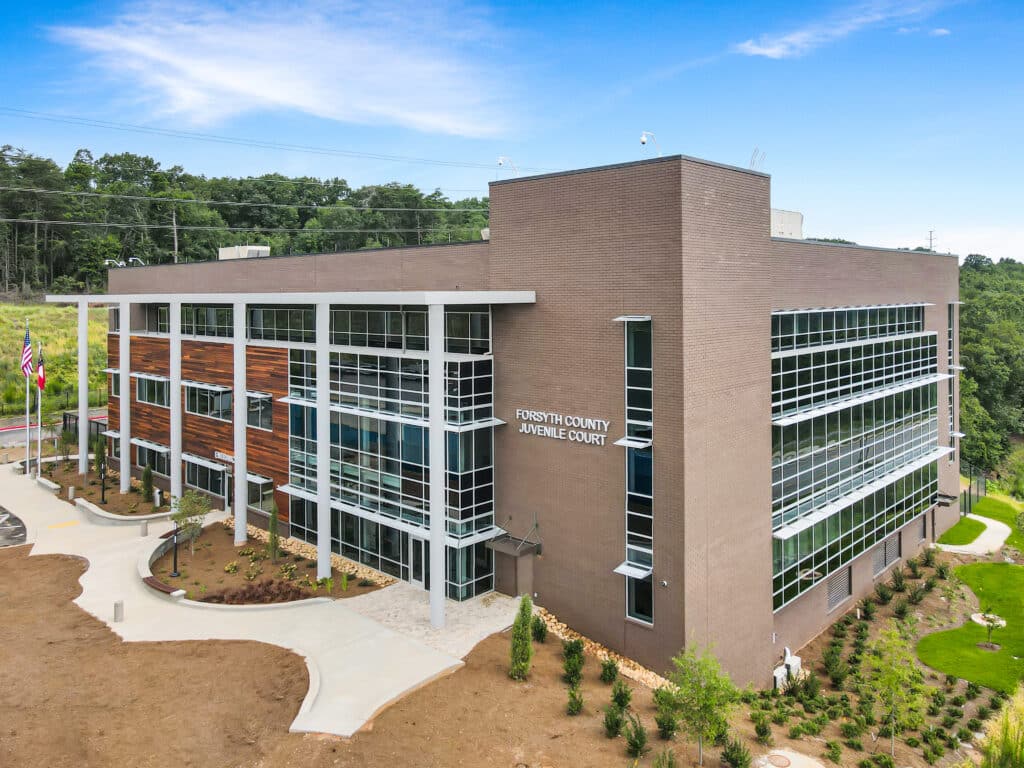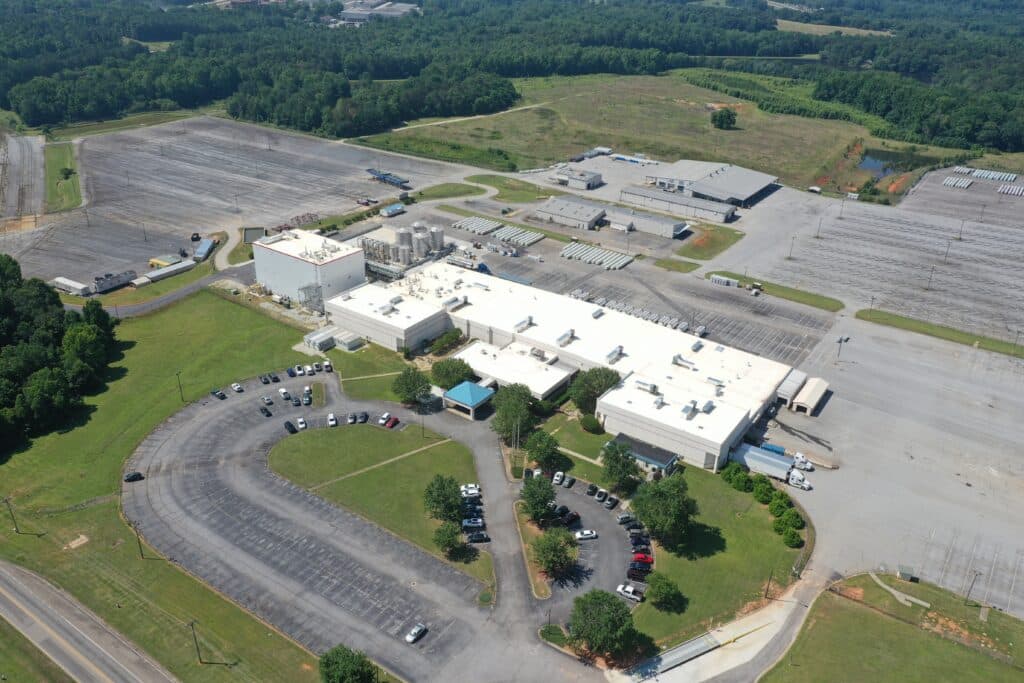One of the first and most critical steps of a project is understanding and selecting the most beneficial delivery method. A project delivery method is how the Owner of a project contracts with the parties needed to successfully complete a construction project. There are a handful of different delivery methods, but the current primary types of delivery systems include: Design-Bid-Build, Design-Build and Construction Manager at-Risk (CMAR). Each type assigns contractual responsibilities for designing and constructing the project, as well as establishing the organization of the team, allocating risks and defining roles and responsibilities. To stay competitive in the market, general contractors (GCs) must be adept at handling these diverse processes.
In my experience as a Design Manager in the Architecture, Engineering and Construction (AEC) industry, I focus on supervising the architectural and engineering design process and the construction administration and management process across various industries. I have seen the AEC industry evolve over the years and understand the necessity of adapting to distinct market and client needs.
In the past several years, Carroll Daniel Construction has hired top talent to continue to expand our service offerings and project delivery methods, providing not only construction services but also planning and design work for our public and private clients.
To better define each of the primary types of delivery methods, we have outlined key characteristics, advantages and disadvantages of each method below.
Design-Bid-Build (Hard Bid)
Key Characteristics:
The Design-Bid-Build method is the most traditional construction project procurement and delivery method. As its name suggests, this approach contains three distinct phases: (1) the design phase, (2) the bid phase and (3) the build phase.
The design phase typically begins when the Owner hires a designer — an architect or engineer — to create the design of a facility, then requests bids from construction companies, also known as GCs. With Design-Bid-Build, there are two procurement cycles and the Owner writes two contracts — one for design and one for construction — which means the design agreement is completely independent of the construction agreement.
During the bid phase, GCs work with subcontractors to review and respond to the owner’s bid documents; therefore, the Owner does not have input on the selection of subcontractors or other essential staff. GCs bid against each other and the project is usually awarded to the lowest bidder.
Pros:
- Well-known procurement and delivery method.
- Straightforward process for Owners that do not have design/construction experience.
- Designer is the Owner’s advocate during design and construction to advise the Owner on design solutions and interpreting the contract documents during construction.
- Majority of construction cost is known at time of bid.
Cons:
- Selection of GC is based on the lowest price for the work, not on qualifications unless qualifications are a prerequisite to be allowed to bid.
- GC is required to build what is designed (Spearin Doctrine).
- Susceptible to Change Orders (cost increases) since the design is completed independently of construction.
- Does not foster collaboration, e.g., the GC is not involved to give feedback during the design process.

Carroll Daniel Carroll Daniel earned regional recognition for our work using the Design-Bid-Build method to build the Forsyth Juvenile Justice Center.
Design-Build
Key Characteristics:
With the Design-Build approach, the architect, engineer, contractor and subcontractors work as one team and point of responsibility — called a design-builder — to create the architectural drawings and build the project. This process can be either be contractor-led or designer-led.
This process begins when the Owner drafts an initial scope of work or design criteria and asks for project proposals from various design-builders, which typically include the design-builder’s best price for the project. The project is usually awarded by the Owner, who compares each design-builder’s experience, design solution, proposed cost and schedule.
With this delivery type, there is only one procurement cycle and the Owner enters a single set of integrated contracts with the design-builder. Once the Owner selects the winning proposal, the build phase begins. Owners often choose the design-build option due to its quicker completion time compared to the other two methods; for example, construction can be completed in phases: the first phase is designed and construction begins while the second phase is being designed.
Pros:
- Fastest delivery option from inception to completion.
- Design-builder is chosen based on qualifications, design solution, proposed cost and schedule.
- Single point of contact and responsibility.
- Simpler risk allocation process.
- Owner understands exactly where his or her money is going.
- Fosters enhanced collaboration and communications between all project team members.
Cons:
- Design-builder is singularly accountable for the outcome of the project.
- Owner needs to clearly communicate all expectations and trust the design-builder throughout the entire process.
- Depending on the information available at incepting, the final cost may not be known until design is more fully developed.

Carroll Daniel earned national and regional recognition for our work using the Design-Build method to build Korean-based EnChem’s first facility in the U.S.
Construction Manager at-Risk (CMAR)
Key Characteristics:
With the CMAR delivery method, the Owner awards the project to the construction firm that has demonstrated their ability to successfully meet all the Owner’s requirements. The Owner chooses a construction firm with a construction manager (CM) to oversee the entire project. This process begins when the Owner brings the initial designs to the CM, then the CM works with the designer to develop the design.
The CM operates directly as the owner’s representative and oversees every step of the construction process, from design, preconstruction, estimates, bidding and construction. The CM onboards the subcontractors during the design process so they are involved with the architects and engineers from the beginning.
The CM also provides early project cost information and determines the guaranteed maximum price (GMP), which guarantees that the total cost of a project will not exceed a set amount. As with the Design-Bid-Build method, there are two procurement cycles and the Owner writes two contracts — one for design and one for construction.
Pros:
- CM is Owner advocate, which is ideal for Owners who want an expert’s help managing the entire process, e.g., receiving better cost feedback during the design process.
- Contract awarded based on qualifications and experience of GC and their ability to successfully meet Owner’s specifications.
- Owner can have input on subcontract selection.
- Management of change and schedule are more effective and process allows for early release packages.
- Enhanced communication and collaboration between the design and construction teams.
Cons:
- For very large projects, it can be challenging to determine the precise scope of work necessary and GMP.
- CM may have to make up cost differences if project exceeds GMP.
- Less emphasis on lowest cost than traditional Design-Bid-Build approach.
- Slower than Design-Build method.

Carroll Daniel earned regional and national recognition for our work using the CMAR method on the Lawrenceville Performing Arts Center expansion project.
What to Consider when Choosing a Delivery Method
There is value in all three of these delivery options. The most important things to consider are your timeline, budget and the level at which you’d like to be involved in the construction process. Do you want to collaborate with the design team and contractors along the way? Do you need budget feedback during design and/or program evaluation throughout construction? How important are contractor qualifications when it comes to your project’s success? Determining the complexity of the project and the abilities of the design and construction teams can you help you decide the best choice for your project.
To stay competitive in the market, a construction firm must be adept at handling these diverse delivery methods. In the past several years, Carroll Daniel has cultivated a team of experts in each delivery method to provide the highest level of service and resources for our clients. For more information about our service offerings or how we build successful projects, visit our Services Page.


